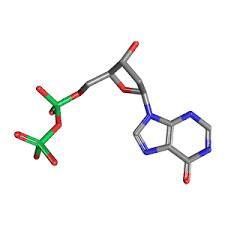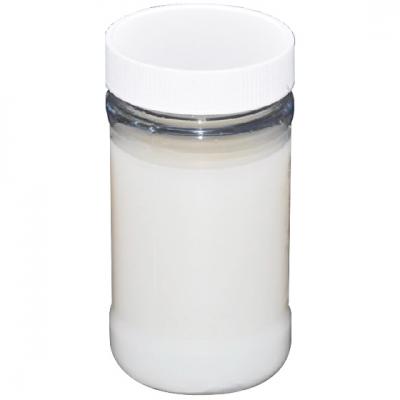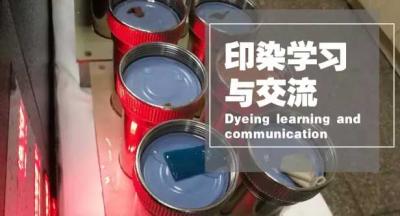With the continuous improvement of people's living standards and the vigorous development of textile market at home and abroad, people's requirements for functional finishing textiles are constantly increasing. The fabric treated with traditional amino modified silicone oil has good softness, smoothness, elasticity, comfortable handle and washability. However, the finished fabrics, especially chemical and blended fabrics, have poor hygroscopicity and wear sultry. As the wearability is greatly reduced, there is an urgent need for a hydrophilic silicone softener, especially for chemical fiber fabrics with relatively weak hygroscopicity. For this reason, our company introduced hydrophilic block silicone oil finishing agent HT3292 for chemical fibers.
2 Application and testing
2.1 Finishing Process
The working liquid for dipping and rolling (one dipping and one rolling, rolling residual rate (60 +2)%) drying and setting (baking 190 C, 90 s) moisture regain.
2.2 Redyeing Process
De-softening process: deoiling agent 2 g/L, soda 2 g/L, 80 C *20 min.
Dyeing process: reactive blue, dyeing depth of 0.5% (omf), bath ratio (fabric to dye liquid mass ratio) 1:10, 60 C * 60 min.
2.3 Performance Test
Hydrophilicity: static dripping method is used to determine the difference of hydrophilicity by dropping a drop at a height of 1 cm away from the fabric, and the time when the water droplets completely diffuse; Hand feeling: physical hand feeling evaluation method is used to evaluate the cloth after cooling and moisture regain, after comprehensive evaluation by several senior hand feeling evaluation professionals from the slippery, soft and fluffy aspects, the original cloth hand feeling is set at 1 point, and the hand feeling is the best. The average score is 10.
Yellowing: softening of bleached or easily discolored polyester fabrics by dip-rolling method. The whiteness value of bleached polyester fabrics before and after softening treatment was measured by color measuring instrument.
Environmental stability: 24 hours in different pH value, ion interference and other environments to observe the changes in the state of the solution.
3 Results and discussion
3.1 Hydrophilicity Evaluation
Polyester and nylon fabrics were hydrophilically treated with silicone oil HT3292 and similar products at home and abroad respectively. The hydrophilicity of the finished fabrics was determined. The results are shown in Table 1.
Tab 1 Hydrophilic property of fabric finishing
| Sample name | Hydrophilicity/s | ||
| Polyester fabric | nylon fabric | ||
| A domestic similar product A | 7.85 | 7.80 | |
| A domestic similar product B | 4.50 | 4.46 | |
| silicone oil HT3292 | 0.33 | 0.28 | |
Table 1 shows that the hydrophilicity of silicone oil HT3292 treated with polyester and nylon fabrics is better than that of a similar product at home and abroad.
3.2 Soft Finishing
Silicone oil HT3292 and similar products at home and abroad were used to soften chemical fibre fabrics. Silicon emulsion concentration was 10% and dosage was 10 g/L. The hand feeling of finished fabrics and the hydrophilicity of finished fabrics after five household washing were compared. The results are shown in Table 2.
Tab 2 Feel & Washing resistance of the treated fabrics
| Sample name | Handfeel of finished fabrics/score | ||
| Looseness after finishing/Looseness after washing 5 times | Softness after finishing/Softness after washing 5 times | Smoothness after finishing/Smoothness after washing 5 times | |
| domestic similar product A | 7/5 | 6/5 | 6/4 |
| domestic similar product B | 7/5 | 7/5 | 6/4 |
| silicone oil HT3292 | 9/7 | 9/7 | 8/6 |
| blank | 1 | 1 | 1 |
Silicone oil HT3292 is superior to a similar product at home and abroad in looseness, softness and smoothness. In addition, after washing, the softness and smoothness of the finished fabric decreases and the hydrophilicity increases. Table 2 shows that after five washes, silicone oil HT3292 can maintain relatively good softness and smoothness, showing good wash resistance.
3.3 Stability Evaluation
Silicone oil HT3292 and similar products at home and abroad were placed in different pH values and ion interference environment for 24 hours to observe the change of solution state.
Tab 3 Environmental stability assessment
| performance | use environment | Emulsion state | ||
| Domestic product A | Domestic products B | Silicon oil HT3292 | ||
| Acid resistance /alkalinity | pH=3 | stable | stable | stable |
| pH=10 | stable | stable | stable | |
| pH=11 | stable | stable | stable | |
| pH=12 | Bleaching oil | Bleaching oil | Bleaching oil | |
| Salt tolerance | Sodium sulfate (20 g/L) | stable | stable | stable |
| Anion resistance | Fluorescent whitening agent(20 g/L) | Bleaching oil | stable | stable |
| Temperature resistance | 100℃×30 min | stable | stable | stable |
| Shear resistance | 3 000 r/min×30 min | stable | stable | stable |
Table 3 shows that silicone oil HT3292 has excellent acid and alkali resistance, salt resistance and temperature resistance, and can be compatible with other additives stably. This performance can save the cost of energy saving and emission reduction for customers, and also provide convenience.
4 Conclusion
Silicone oil HT3292 can give chemical fiber fabric a fluffy, soft handle, and has excellent hydrophilic properties, achieving a perfect combination of hand and hydrophilic properties. Compared with similar products at home and abroad, silicone oil HT3292 has better hydrophilicity and high stability in thicker and heavier fabrics. It can be used stably in more complex environments to provide convenience for customers.



 English
English  日本語
日本語  Español
Español  tiếng việt
tiếng việt  Türkçe
Türkçe  ไทย
ไทย  українська
українська  हिंदी
हिंदी  বাঙালি
বাঙালি  اردو
اردو 



